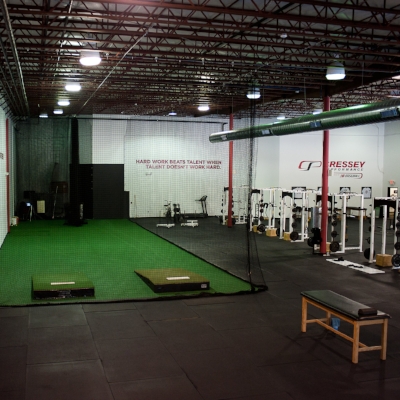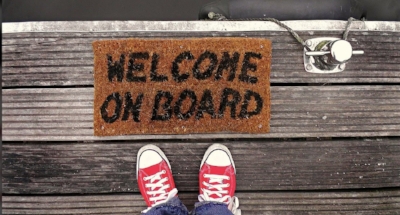I’ve seen an uptick in Twitter engagement in the past couple of weeks, so I thought I’d take the time to elaborate on three specific tweets that triggered productive discussion:
1. The evolution of a gym owner…
Tweet - Attention gym owners: Stop concerning yourself with being seen as “the best coach on staff” and start focusing on building employees who are better than you. Your operation will never scale if you waste energy self-identifying as an exceptional technician.
How many gym owners do you know who wouldn’t be thrilled to see their gym overcrowded and in need of more space?
The funny thing about most of said gym owners is that they are uneasy with the administrative realities that come with growth of this nature. More clients in the gym means more coaching opportunity, but scaling business in this way is unsustainable if the owner isn’t continuing to design and implement long-term strategic marketing and promotional objectives that will help to maintain momentum.
You can’t just hire a “marketing guru” and expect her to understand your vision or unique voice during the early stages of your business, so stepping away from the training floor and trusting your employees is and important step in the process if you want to make more money. This starts by empowering your coaches, positioning them as thought-leaders in the eyes of your training community, and then fighting the urge to micro-manage.
Build up talented employees, and revenue will follow. On the flip side, if you concern yourself with being perceived as the superior talent on the team, you can expect yourself and everyone around you to stagnate.
2. Client experience is about more than just the training floor.
Tweet - Maybe it isn't your systems, your coaches, or even your programming. Maybe the problem is that you don't have a smiling face at the front desk. Nothing kills your chances of delivering a positive experience quite like an unpleasant interaction before even stepping into the gym.
When I was in grad school I had an internship at the local sports network, NESN. With close ties to the Boston Bruins and Boston Red Sox, recognizable athletes and television personalities would come and go on a daily basis. During that time, one of my jobs was to manage the reception desk in the lobby during the traditional lunch hour so that the staff member manning the desk for the rest of the day could get a meal in.
For the entire six months I was there, there was not a single moment where a full-time employee was serving in this roll. Instead, it was a revolving door of people with administrative experience from the local temp agency. While they were all most definitely competent on paper as far as the job goes, none of them were put in a position to be truly good at the job. This was because none of them had a chance to learn names and settle in to the culture.
As a result, there was a distance and coldness in every interaction of the day. Rarely did a guest of the network walk past the front desk feeling as if their visit was off to a warm and welcoming start, and that really ate at me.
Seth Godin says: “Every interaction ought to reflect the whole. Every time we see any of you, we ought to be able to make a smart guess about all of you.”
This applies to television networks, fitness facilities, and any other client-facing service operation. You’ve got to have a smiling face at the front door.
Our Office Manager Julie doesn’t need to be reminded of this rule.
3. Are you so good they can’t ignore you?
Tweet - Social media hack: Instead of seeking the recipe to the FB algorithm, or the perfect combo of IG hashtags, maybe try understanding your subject matter so intimately that your audience is automatically drawn to your words. Nothing improves engagement better than true expertise.
There are many fitness professionals who claim to hate social media, and some genuinely do. However, some make this claim because they feel uncomfortable on camera, or because of a deep-rooted feeling of imposter syndrome that sets in just before to hitting the publish button.
There’s good news for the latter group…
Very few of us who are consuming information on these social media platforms are concerned with the delivery of the information if the material is strong. With this in mind, we should all be focused on applying a deliberate practice approach to our professional development. You can’t get better on camera unless you get your reps in, and your audience is going to patiently work their way through those reps with you if you keep churning out thoughtful content.
A bonus lesson buried in this post…
While it wasn’t my intention, this blog post was as much about extending the reach of your content as it was about explaining my thought process behind a handful of tweets. In retrospect, this was an illustration of how a single thought, on a single platform, could evolve into useful content on another, and maybe even eventually inspire a blog post to follow.
You’re probably already sitting on a goldmine of material if you’ve been reasonably consistent on any individual social media platform.
Thanks for reading! If you enjoyed this, make sure to say hello on Instagram or Twitter, and subscribe to my newsletter here.







































